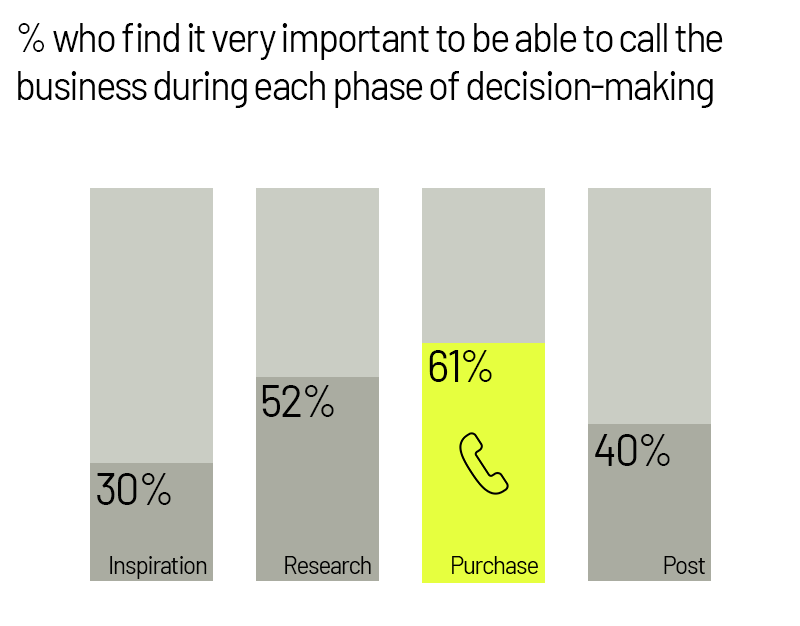Call Tracking for Performance Agencies
Is Call Tracking a must-have or nice-to-have feature for performance agencies? Call Tracking für (Performance) Agenturen zur Grundausstattung oder ist es “nice-to-have”?
It never ceases to amaze me that there are some agencies that run performance marketing campaigns with a big budget without tracking calls, either consciously or unconsciously, as part of the results.
A few years ago (before 2015), they had the excuse that the technology was not well-known yet and to some extent was not widely used, but that argument crumbled with the introduction of Google’s call conversion tracking and Google Ads’ call extensions.
So if you happen to be one of those managers who don’t always ask if call tracking is used in campaigns and projects, it’s time you got on board.
Call Tracking is and will remain an absolute must for performance marketing campaigns; there are very few exceptions for projects.
But why?
Let’s start with a definition of performance marketing (as defined by the German Association for the Digital Economy (BVDW)):
Performance marketing in digital media is part of the media mix and is used for both customer acquisition and customer retention. Using different advertising media pursues the goal of achieving measurable user reactions and/or transactions. …
If the goal is to achieve measurable user reactions, the relevant measurement tools for reactions and transactions are must-haves for an agency. A suitable measurement tool must be used at the point where the customer leaves the online channel so that these reactions and transactions can be measured offline too. This is essential if you want to achieve the maximum for your budget.
Some agencies understandably think:
- “Because I can’t measure it, it is simply ignored and does not exist” (no phone contact on the landing page)
Let’s start with a definition of performance marketing (as defined by the German Association for the Digital Economy (BVDW)):
Performance marketing in digital media is part of the media mix and is used for both customer acquisition and customer retention. Using different advertising media pursues the goal of achieving measurable user reactions and/or transactions. …
If the goal is to achieve measurable user reactions, the relevant measurement tools for reactions and transactions are must-haves for an agency. A suitable measurement tool must be used at the point where the customer leaves the online channel so that these reactions and transactions can be measured offline too. This is essential if you want to achieve the maximum for your budget.
Some agencies understandably think:
- “Because I can’t measure it, it is simply ignored and does not exist” (no phone contact on the landing page)
To a certain extent, this approach has crept in at some agencies – it probably appeared pre-2013 and has endured since then. A study commissioned by Google on
“The Role of Click to Call in the Path to Purchase” (Google study) was published in September 2013.
This should have changed the view of many marketers in the long term; for Google, it was clearly the trigger for integrating known call features into their products.This should have changed the view of many marketers in the long term; for Google, it was clearly the trigger for integrating known call features into their products.
To highlight two of its key findings, let’s look at two questions:
- What is the price point at which customers would be more likely to call a business for a purchase?

The study is already five years old; is it still relevant?
Increase trust – avoid customer loss
Better results – how can we get them?
| Keyword | Conversion rate | Conversion rate with calls | Difference |
| A | 12% | 3,5% | 8,5% |
| B | 7,5% | 4,8% | 2,7% |
Also, ask yourself here what would happen if, amid the competition for conversions, only some people had calls in their reports?



